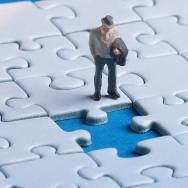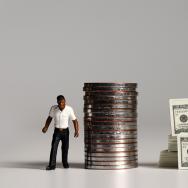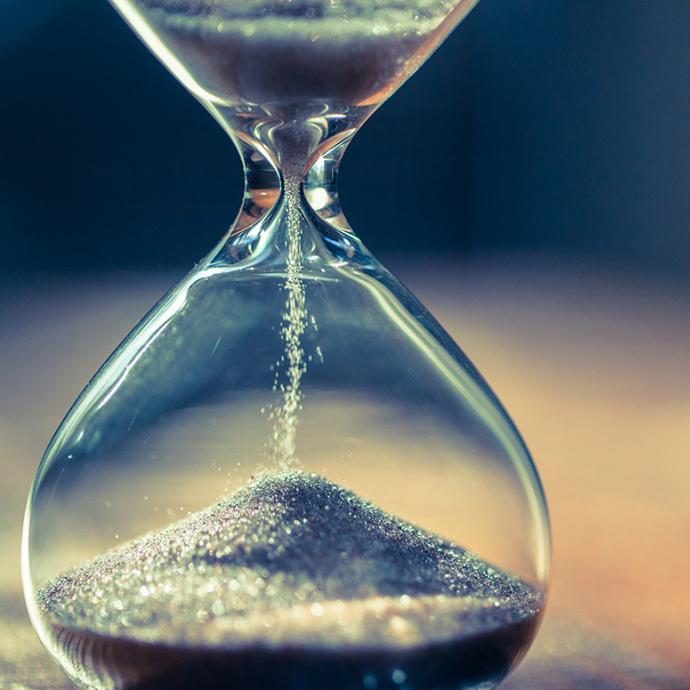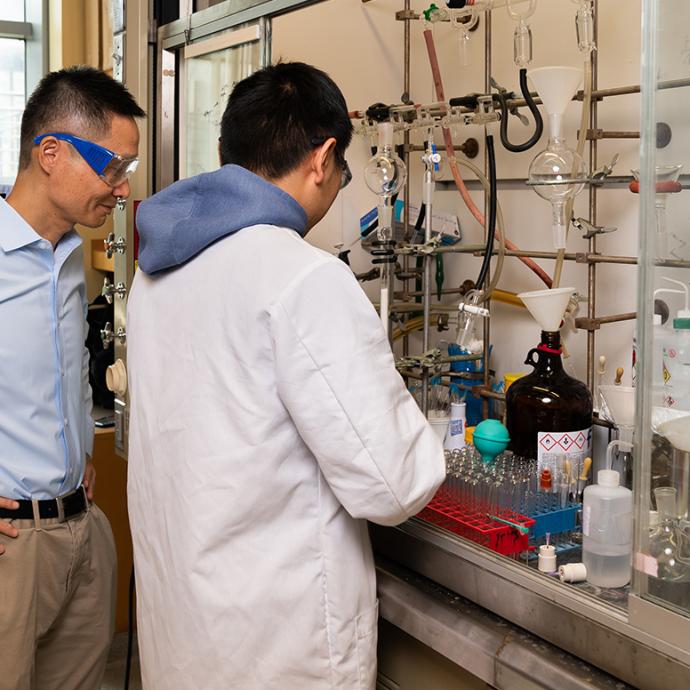While the use of ride-hailing transportation services has plummeted since the coronavirus outbreak, many Americans continue to use grocery and restaurant delivery services, despite safety concerns for themselves and workers.
A new poll from the University of Chicago Harris School of Public Policy shows that the number of Americans saying they use food and grocery delivery services has held steady at around 40% since the outbreak—including 16% who are using these services more often now than before, and 12% who are using them less frequently.
In contrast, the number who report using ride-hailing transportation services fell from 42% to 16% during the pandemic. However, 71% of those who used ride-hail services before the coronavirus outbreak say they are likely to use them again within a year.
Conducted in partnership with the Associated Press-NORC Center for Public Affairs Research, the survey reveals most Americans are uncomfortable using both ride-hail and delivery services during the coronavirus outbreak. In addition, more people are extremely or very comfortable picking up food from a restaurant (57%) than they are with having it delivered (27%).
Many Americans lack confidence in the safety of working conditions for ride-hailing and delivery service workers, but view the safety risks of these jobs as similar to that of public transit or restaurant employees.
However, many in the public neither favor nor oppose government regulation to increase wages and benefits for drivers of ride-hailing and delivery services, and support for such regulation declines if it would impact the costs for users.
“The poll shows people are concerned about their own health and safety, as well as worker health and safety, and this has led to dramatic changes in the gig economy,” said Asst. Prof. Dmitri Koustas of Harris Public Policy, an economist whose research focuses on participation in alternative work arrangements. “On one hand, ride-hailing demand has largely collapsed, although a silver lining is that most people expect to use these services again in the future.
“On the other hand, demand for delivery services has expanded among those most concerned about the virus. This is a clear example of the dynamism of the U.S. economy, and underscores an important challenge facing policymakers as they seek to address both the real safety concerns of gig workers and the benefits these services provide consumers.”
Other key findings of the report include:
- 63% of those who had ever used a ride-hail service before the coronavirus pandemic have not done so since the outbreak began.
- 26% with household incomes of $100,000 or more have increased their use of delivery services for groceries during the pandemic, compared with 12% with household incomes under $50,000.
- 35% favor regulations to increase wages and benefits for ride-hail and delivery service drivers. Support falls to 22% when those regulations mean a 25% cost increase for users.
- 59% of adults under the age of 35 say they have used a service to deliver prepared food from a restaurant. In comparison, 30% of those between 50 and 64 years old and 18% of those between 65 or more years old say the same.
- Only 12% of Americans are very confident in the safety of the working conditions of ride-hail drivers, and only 18% say the same about drivers of delivery services.
- Democrats are more likely to support government regulations to improve wages and benefits for ride-hail and delivery service drivers than are Republicans when there is no mention of cost (44% vs. 28%), and are more than three times as likely as Republicans to support such regulations with a 5% increase in cost (64% vs. 18%).
The nationwide poll was conducted from July 16 to 20, 2020, using AmeriSpeak®, the probability-based panel of NORC at the University of Chicago. Online and telephone interviews using landlines and cell phones were conducted with 1,002 adults. The margin of sampling error is +/- 4.3 percentage points.
—For more results from the survey, visit the Harris Public Policy or AP-NORC websites.












 —Prof. Chuan He
—Prof. Chuan He
